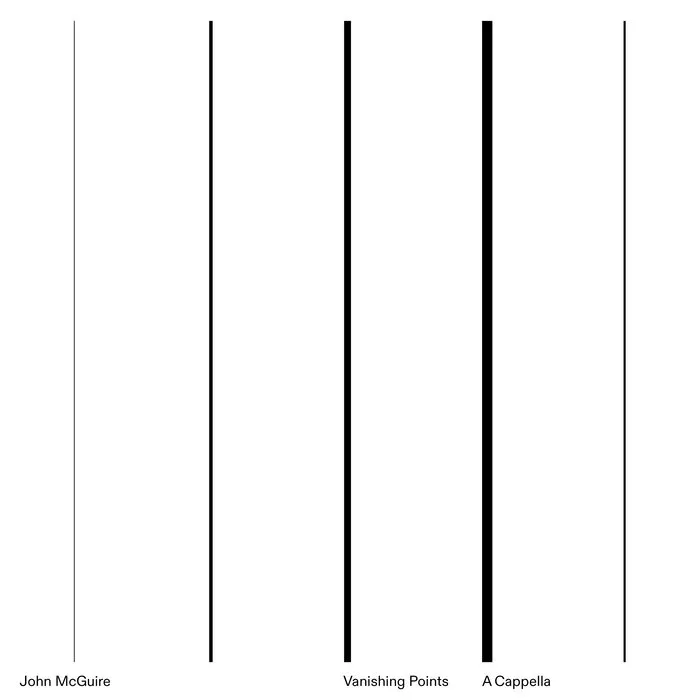- CD
- LP
- Recommended =
- New Release
John McGuire
Vanishing Points / A Cappella
UNSEEN WORLDS - Cat No: UW038CD
- updated:2023-11-03
70年代の実験音楽の再発から現代のアーチストまで良いリリースが続く〈Unseen Worlds〉からJohn McGuireの代表作パルス・ミュージック・シリーズ(1975-1979)をコンパイルした再発に続いて、「Pulse Music III」に収録されていた「Vanishing Points」と「A Cappella」をカップリングでアナログ再発。
Track List




ドイツでカールハインツ・シュトックハウゼン等に師事しセリー主義を学び、当時最先端だったケルンの西ドイツ放送(WDR)にある電子音楽スタジオに関わった音楽家ジョン・マクガイアの更なる発掘が続きます。地平の彼方に広がる無限の空間をイメージしたという「Vanishing Points」は『完全にデジタル化されたセットアップを使用した初めての作品』だそうです。難解に向かっていた当時のドイツの現代音楽の界隈にあって異色で快楽的ともいるような、イマジナリーな音空間を産み出す26分にわたるエレクトロニクス。素晴らしい。B-SIDEは「A Cappella」、モートン・フェルドマンの「Thee Voices」での声でも知られ、ジョン・マクガイアの奥さんでもあるベス・グリフィスのために作曲された曲。モーリッツ・フォン・オズワルド、ミュンヘン在住の若き才能POLYGONIA、1729 aka DJ 威力も。声楽、電子変調した声にアプローチしている流れにもばっちりハマると思います。CDもストックしました。 (サイトウ)